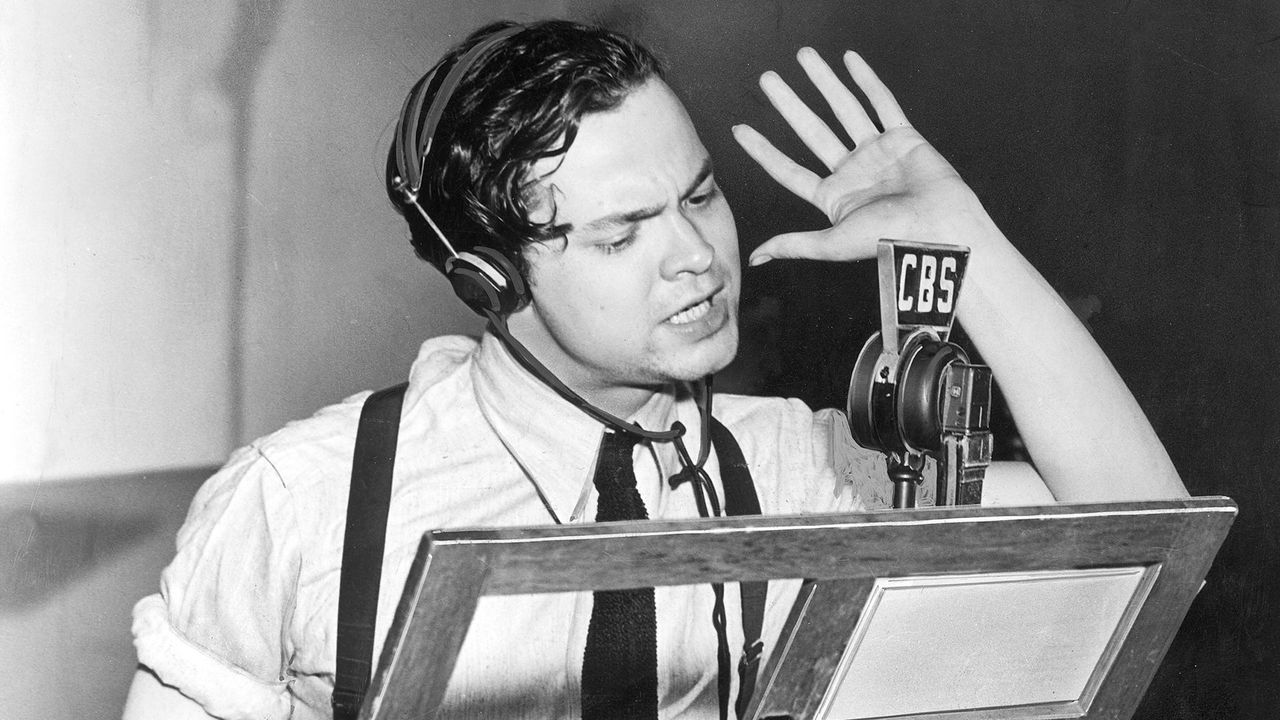ON THIS DAY: 30 October 1938 – The War of the Worlds radio play caused mass hysteria across America. Twenty-three-year old Orson Welles and his Mercury Theatre on the Air, based in New York, adapted H.G. Wells’ novel The War of the Worlds into a series of fake news bulletins describing a Martian invasion of New Jersey. As a result, there were reports of mass stampedes, suicides and, when the ruse was exposed, many angry listeners. Welles claimed afterward that he did not realise people would take the drama so seriously.
The Mercury Theatre on the Air was very low-budget and had been on CBS for only 17 weeks before this episode aired live at 8 p.m. (ET) on CBS. Welles wanted to produce something special for Hallowe’en, saying, ‘I had conceived the idea of doing a radio broadcast in such a manner that a crisis would actually seem to be happening.’ John Houseman, his producer, and Paul Stewart, a radio actor, settled on The War of the Worlds. First serialised between 1895 and 1897 before being published as a book in 1898, it tells the story of a Martian invasion of Britain. The Martians, equipped with heat-ray weapons and black poisonous smoke, initially defeat the British, but they ultimately fall victim to earthly diseases for which they have no immunity.
Interestingly, both Houseman and Stewart thought their adaptation, without music or sound effects, would be a disaster. In editing the script, they moved the traditional halfway interval of radio plays to nearly the end. What no one had anticipated was that listeners who tuned in late and missed the opening announcements would therefore have to wait 40 minutes to be informed that this was a drama. As the fictional news reporter choked on the poison gas used by the Martians, pandemonium erupted in the real world. Before the program ended, police arrived at the studio, demanding that the broadcast be terminated, and journalists were clamouring for explanations. The writers and cast had to leave the studio by the back door, where they saw the New York Times building’s lighted bulletin: ‘Orson Welles causes panic.’
After facing the world’s press the following morning and denying that he had deliberately deceived his audience, Orson Welles’ career catapulted to Hollywood, where he became even more famous for his film Citizen Kane. Meanwhile, the Australian newspaper The Age on November 2, 1938, called the incident an example of ‘mass hysteria’ and remarked that ‘the panic could have only happened in America.

